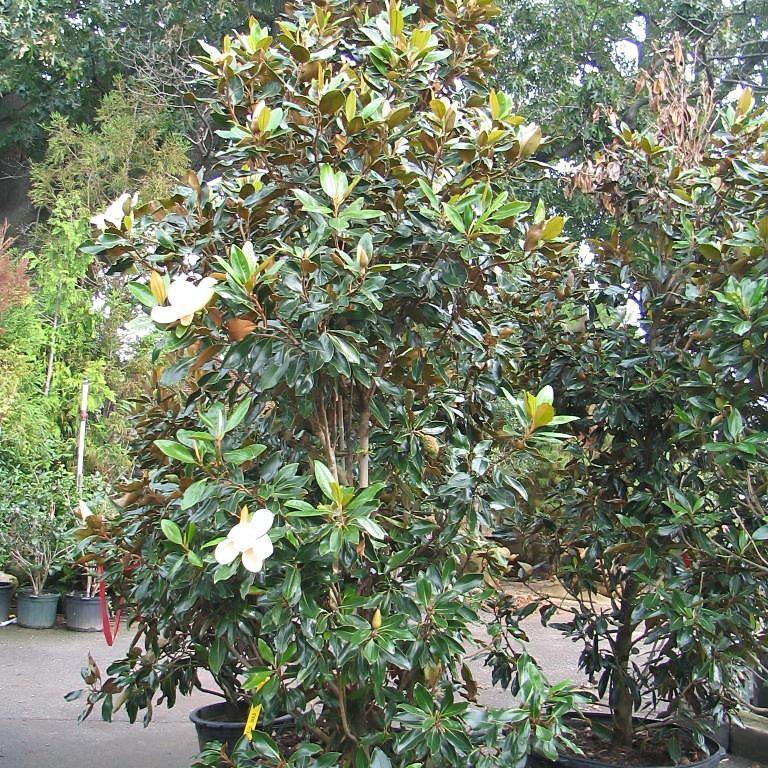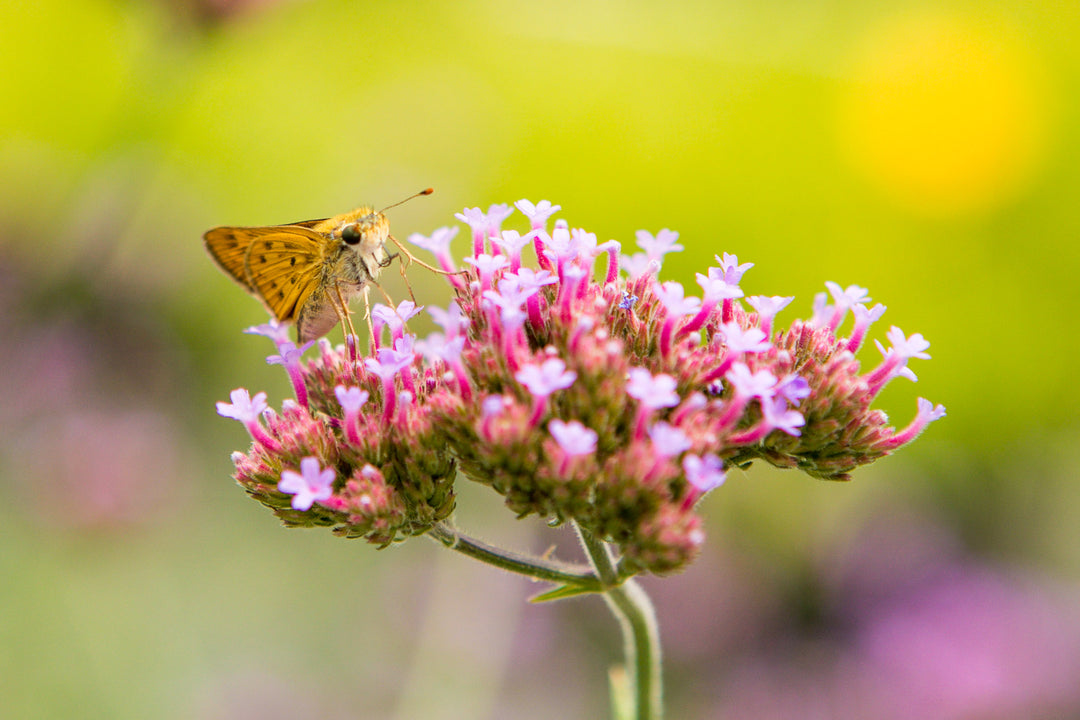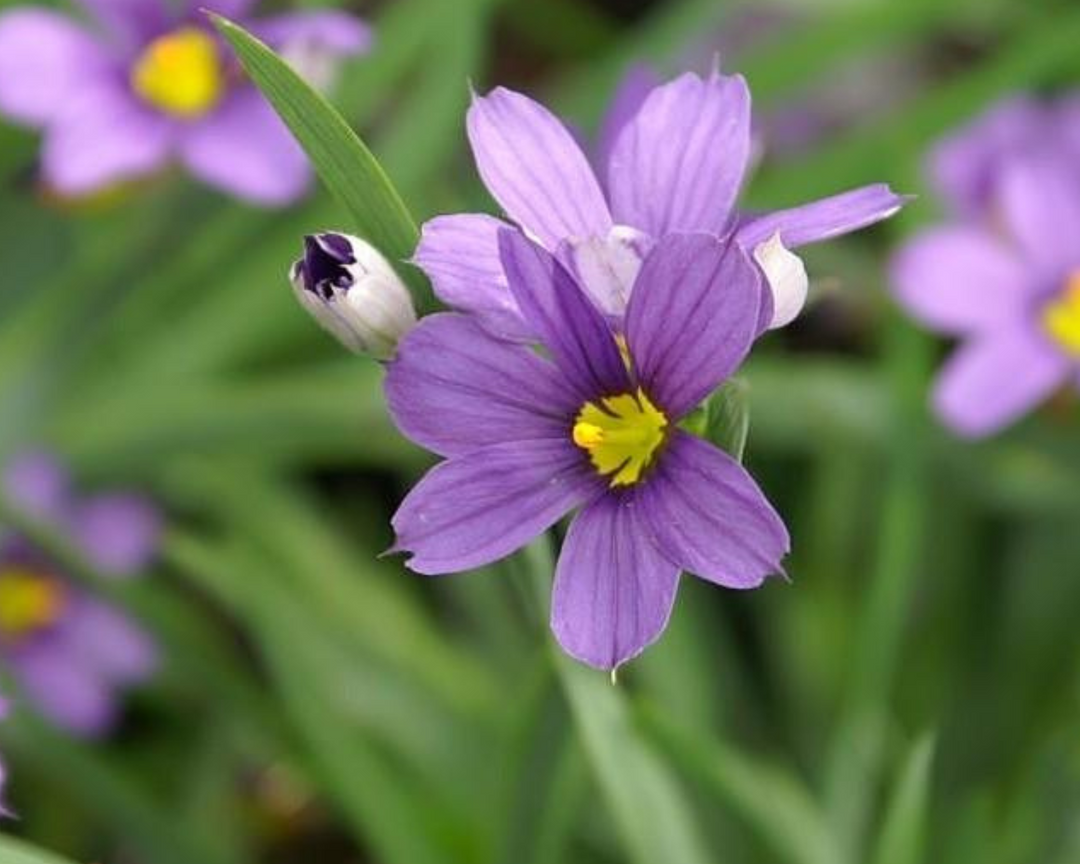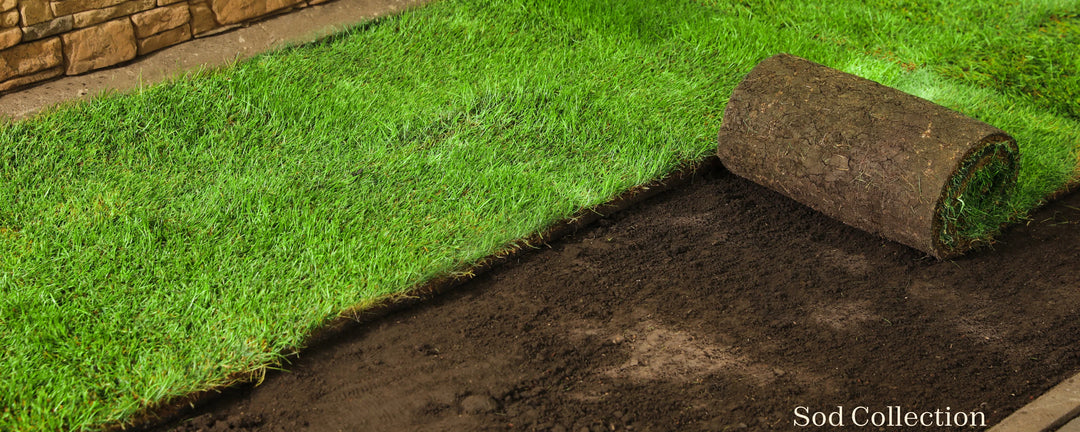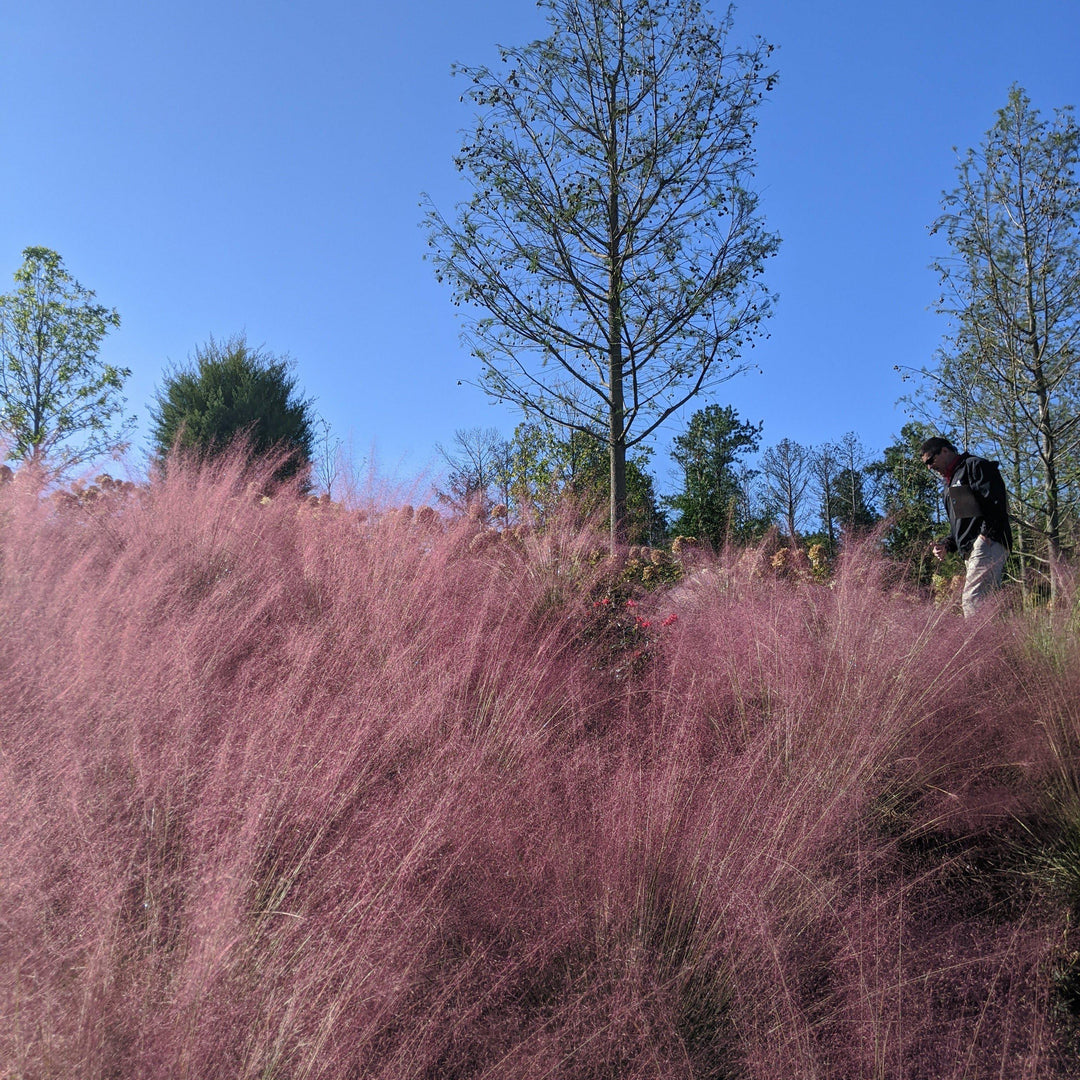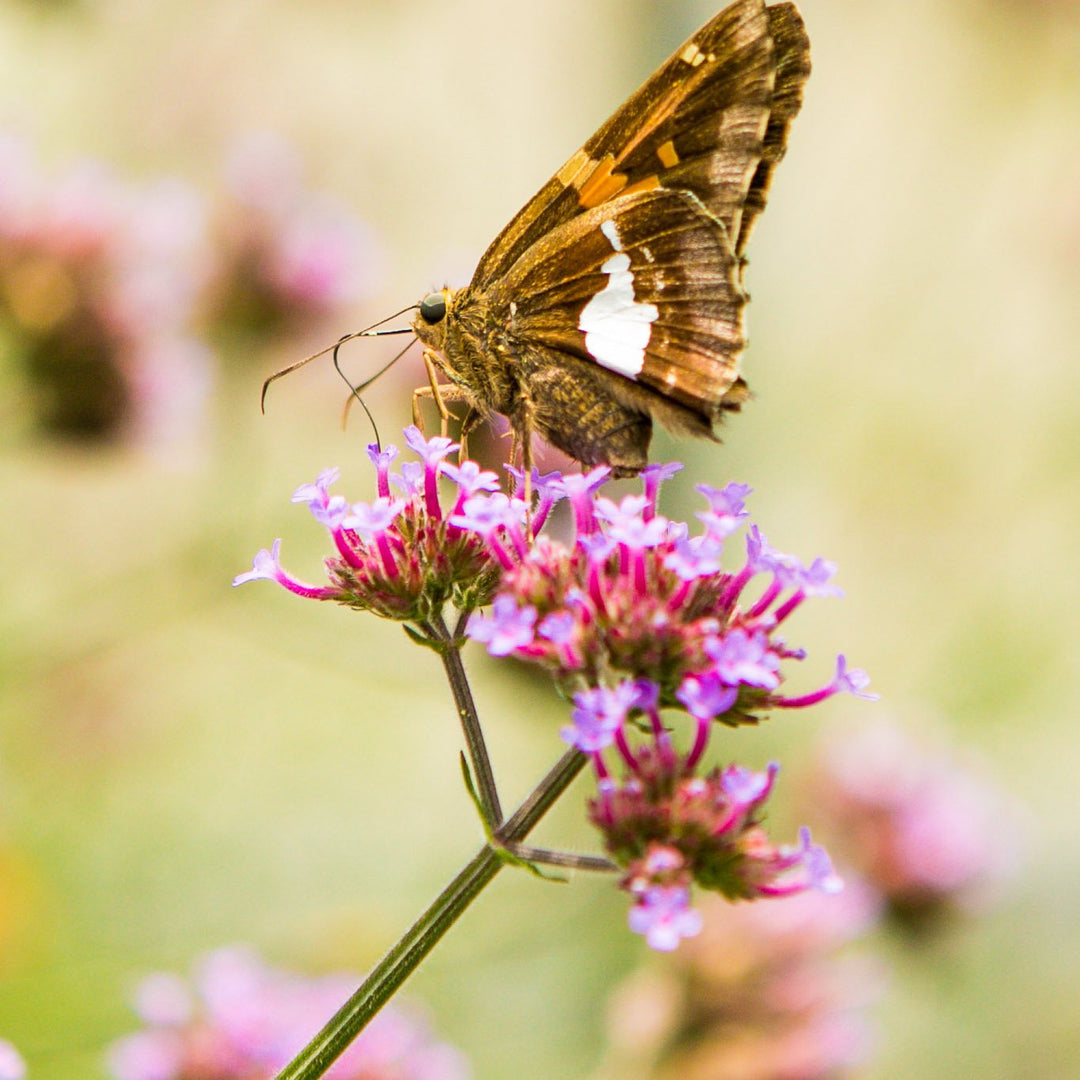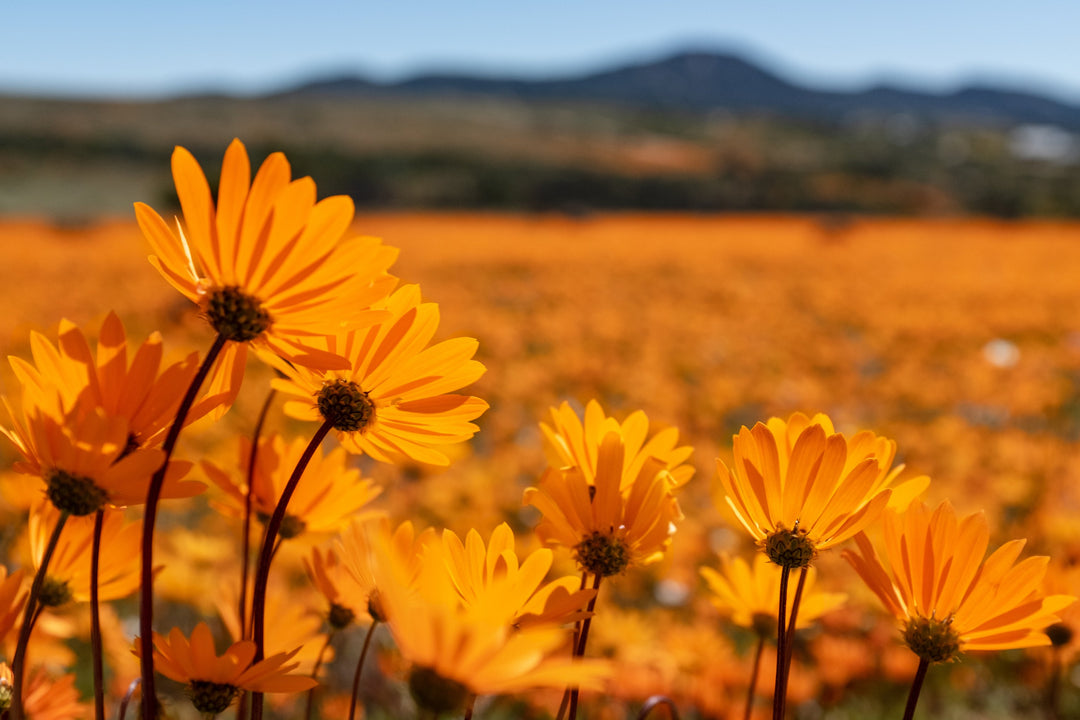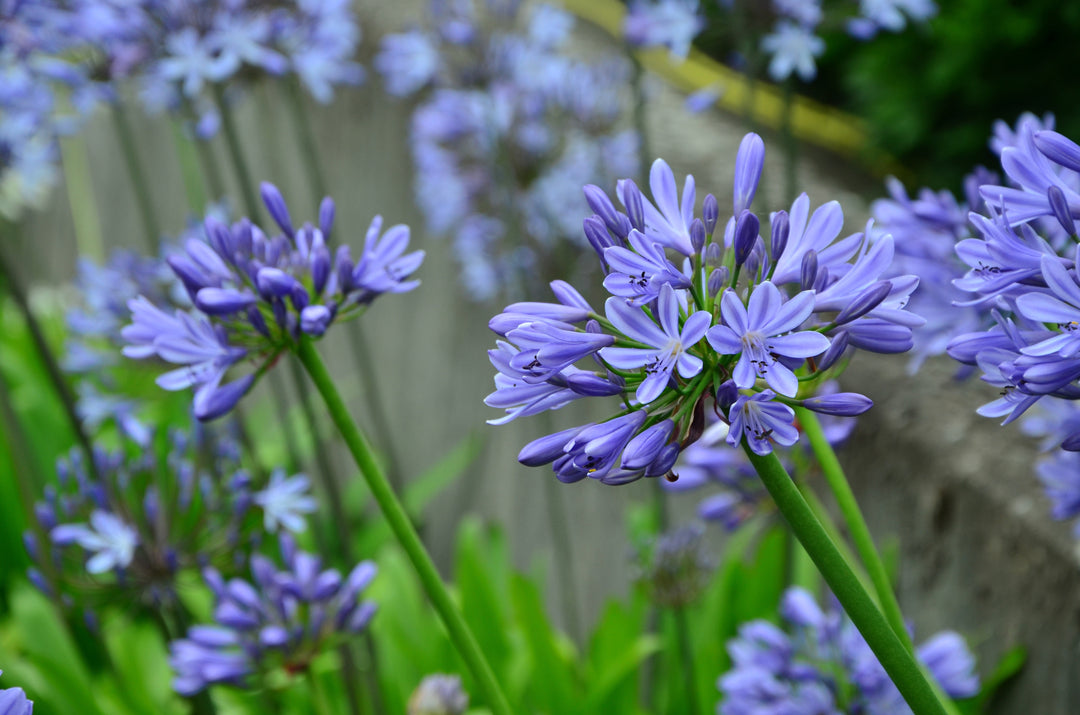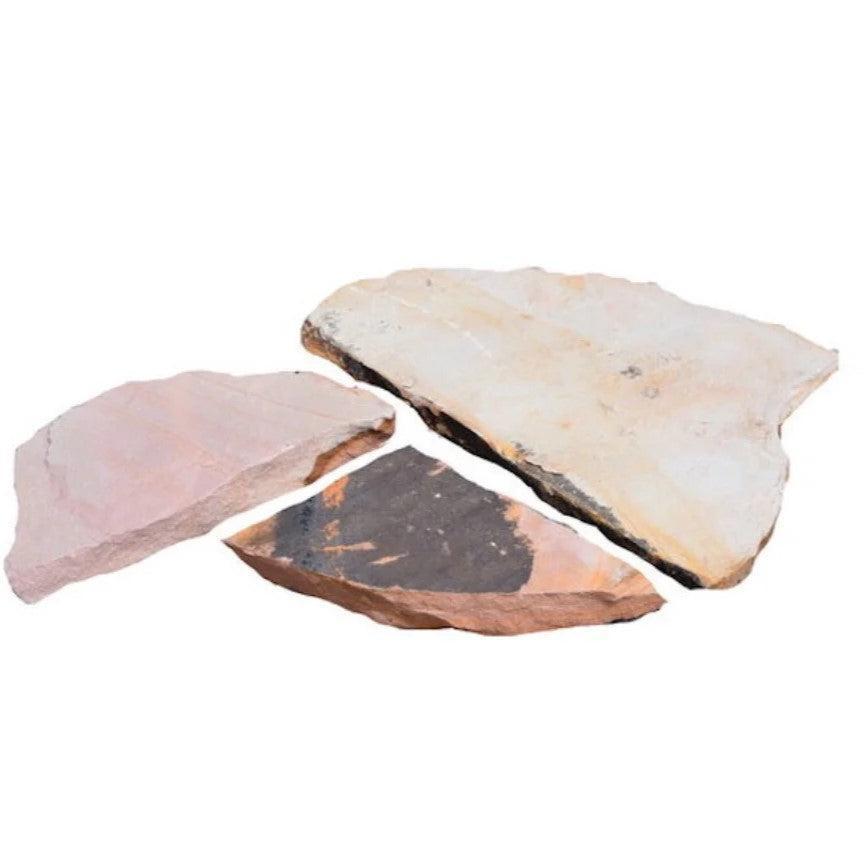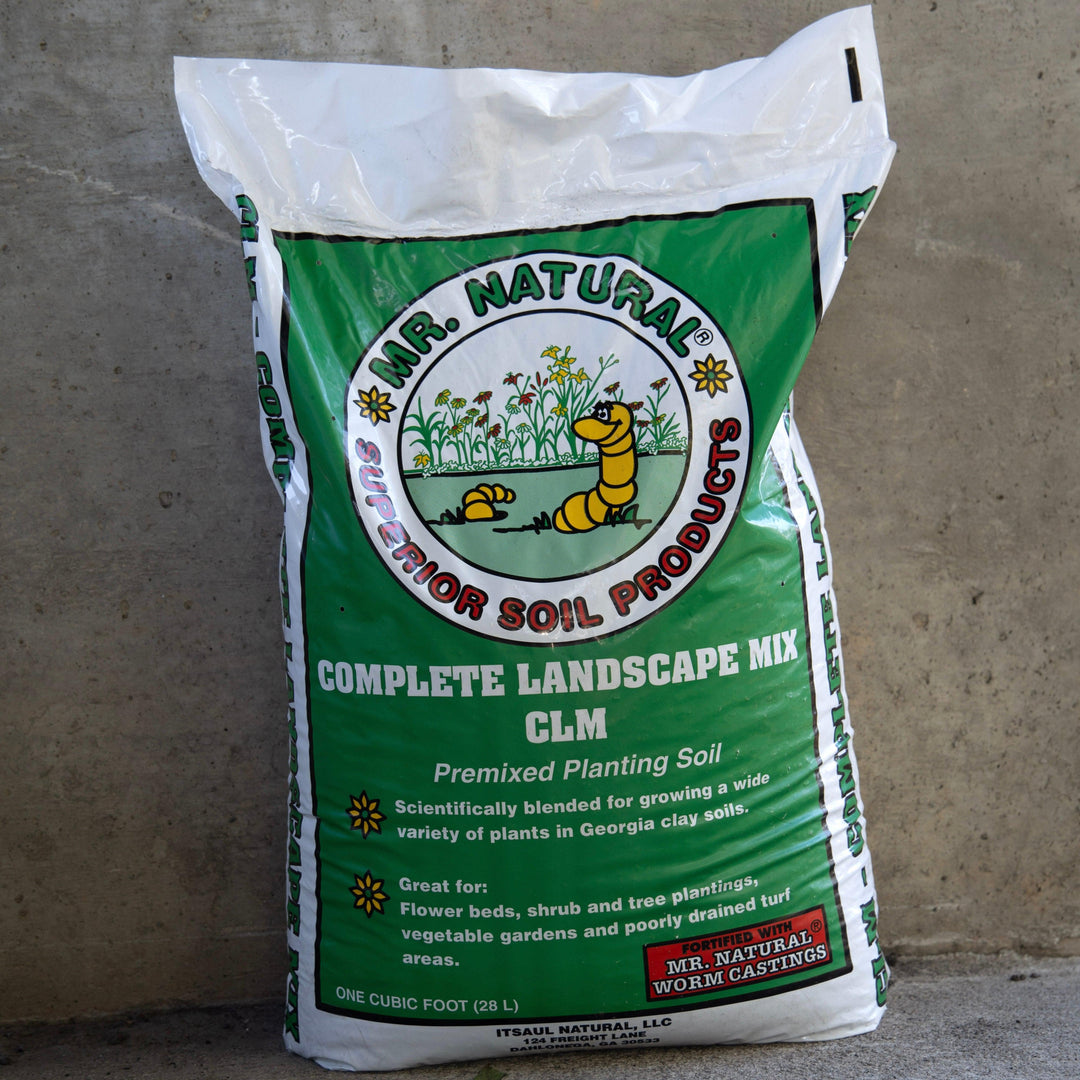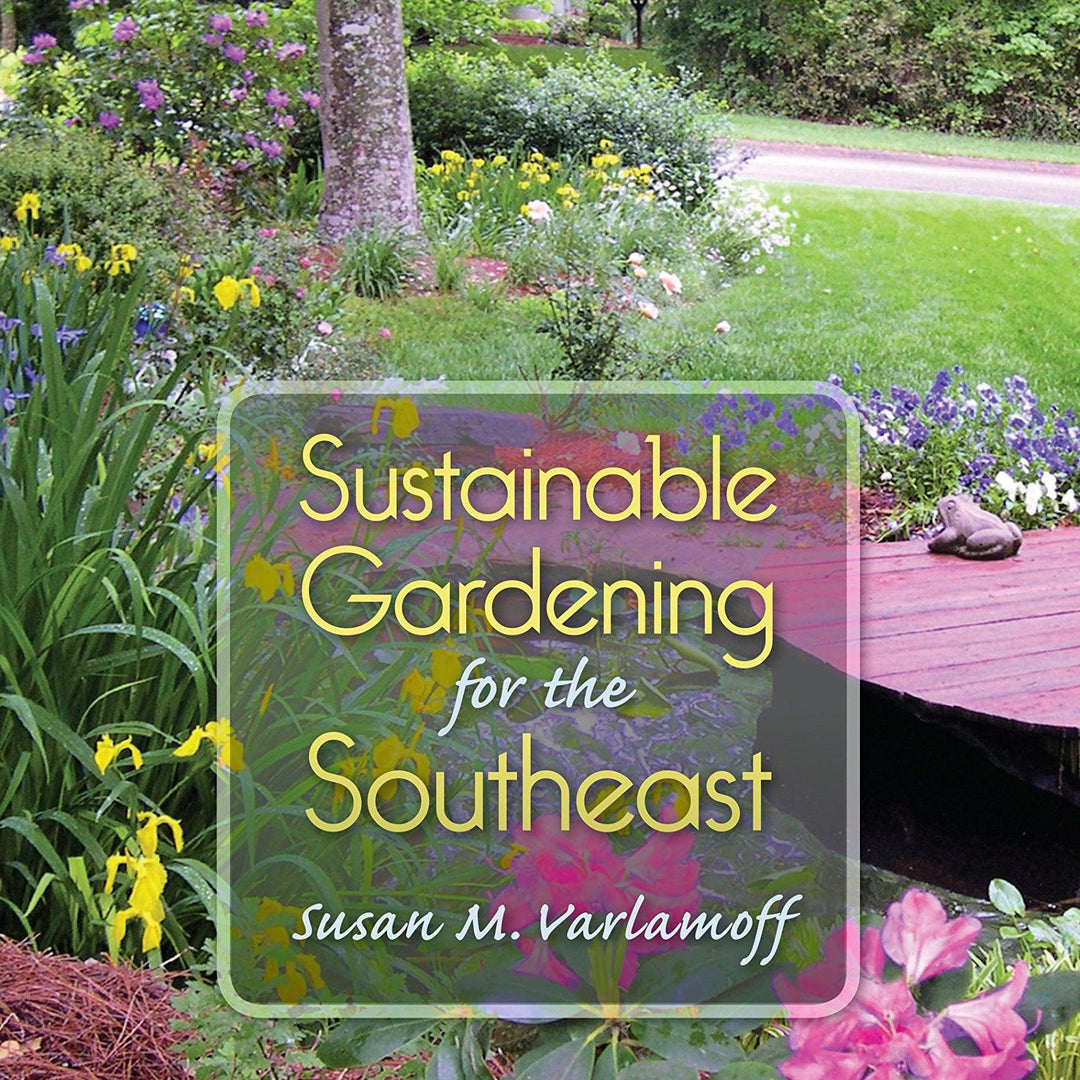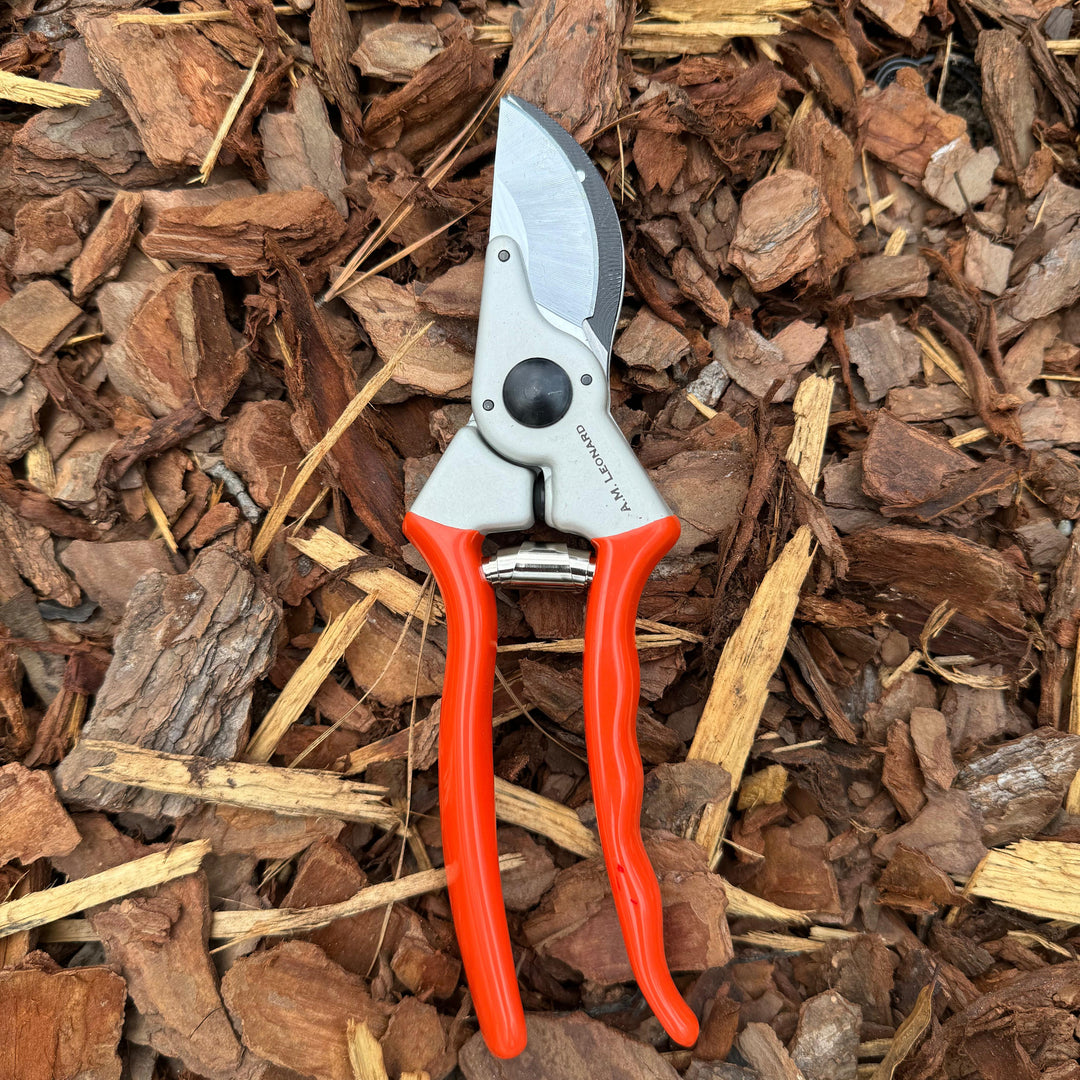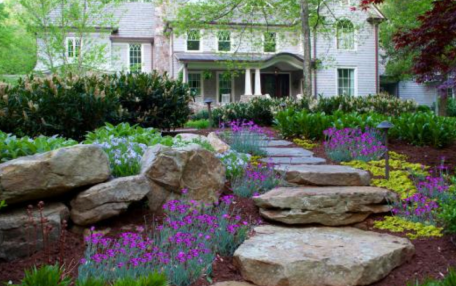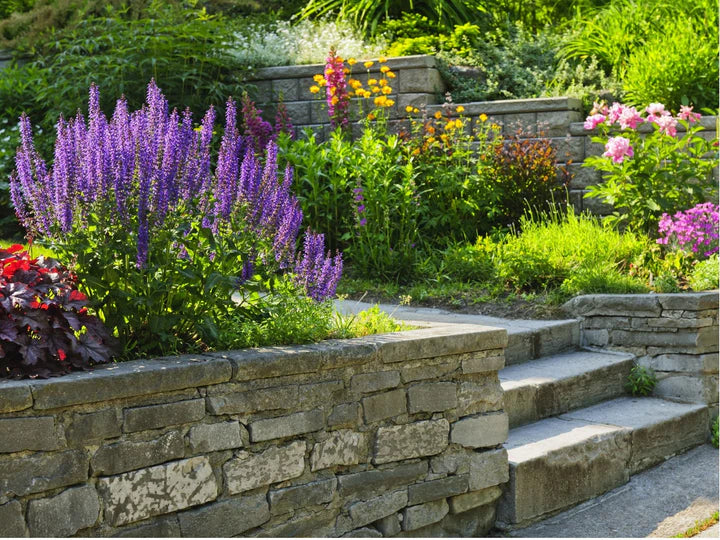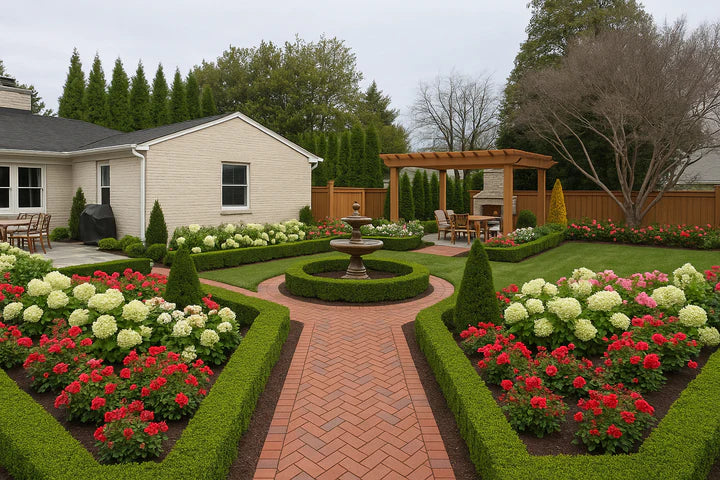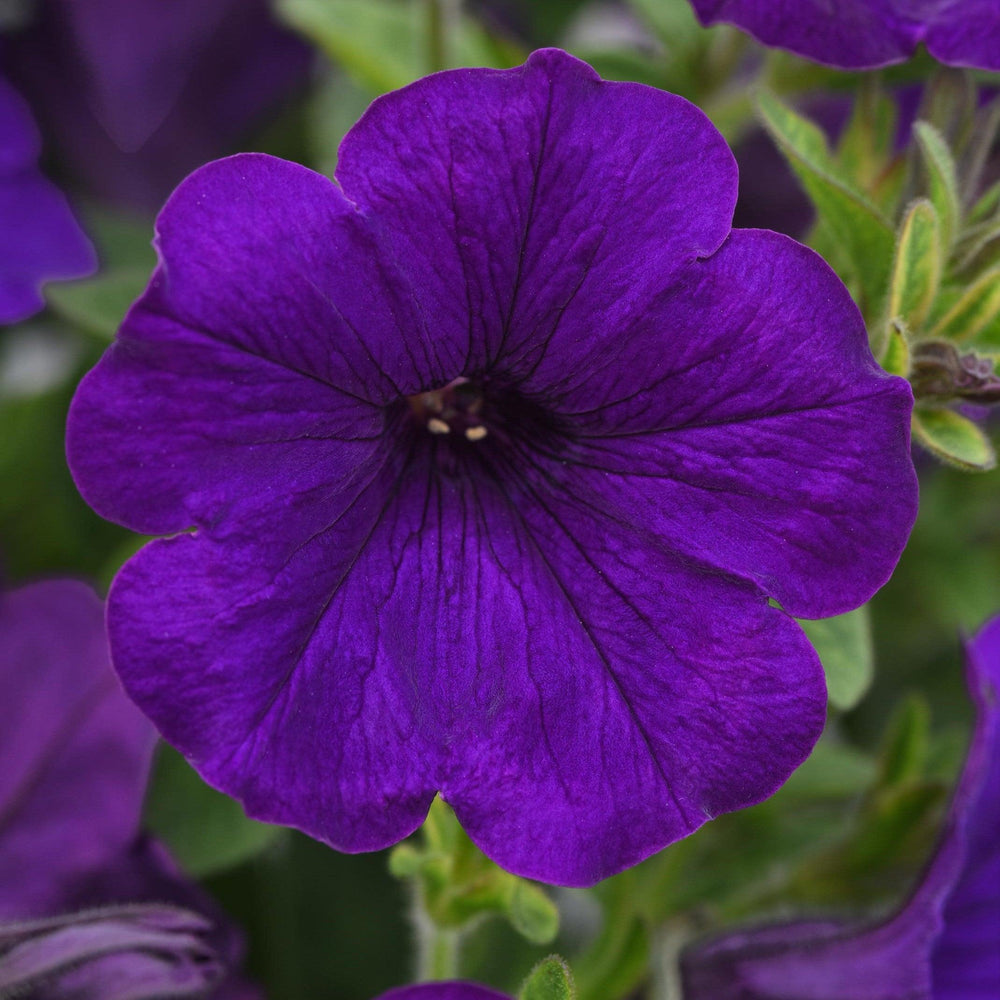Exploring the World of Carex: A Comprehensive Guide
Welcome to the enchanting world of Carex, a diverse and versatile genus of ornamental grass-like plants that can transform your garden with their unique textures, colors, and adaptability. Whether you're a seasoned gardener or just beginning your plant journey, this comprehensive guide is your passport to discovering the captivating beauty and myriad possibilities that Carex offers.
Unveiling the Beauty of Carex:
Carex, commonly known as sedges, is a vast genus encompassing a wide array of species, each with its own distinctive charm. These graceful plants have been celebrated by gardeners and landscape designers for their ability to thrive in various conditions, from sun-drenched meadows to the shaded corners of woodland gardens.

Comparing Common Carex Species:
- Description: New Zealand Hair Sedge is known for its fine, hair-like foliage that forms clumps. It often displays shades of green and bronze.
- Growth: Low-growing and clumping.
- Best For: Ground cover, borders, and container gardens.
- Description: Evergold Sedge features striking variegated leaves with creamy-white margins and green centers. It adds brightness to shaded areas.
- Growth: Compact and clumping.
- Best For: Shade gardens, borders, and as an accent plant.
- Description: Japanese Sedge boasts arching, dark green foliage. It's a popular choice for its graceful appearance.
- Growth: Mounding and clumping.
- Best For: Woodland gardens, ground cover, and mixed plantings.
- Description: Leatherleaf Sedge has striking coppery-brown foliage that adds warmth and texture to garden designs.
- Growth: Upright and arching.
- Best For: Borders, rock gardens, and contrast in mixed plantings.
- Description: Berkeley Sedge features fine, cascading leaves that create a graceful, weeping effect.
- Growth: Spreading and clumping.
- Best For: Erosion control, slopes, and naturalistic plantings.
- Description: Palm Sedge has broad, palm-like leaves that create a tropical look. It's well-suited for wetter areas.
- Growth: Clumping and upright.
- Best For: Water gardens, pond edges, and rain gardens.

ServeScape Cultivar Selections:
- Highlights: 'Ice Dance' features variegated leaves with creamy margins, adding elegance to shade gardens.
- Highlights: 'Everillo' showcases vibrant golden-yellow foliage, making it a focal point in shaded areas.
- Highlights: 'Blue Zinger' offers striking blue-green foliage that stands out in garden designs.
- Highlights: 'Feather Falls' showcases gracefully cascading leaves, perfect for adding texture and movement.
- Highlights: 'Aurea-variegata' features green leaves with creamy-yellow edges, providing a bright accent in shade.
- Highlights: 'Frosted Curls' presents fine, curly foliage with a silvery sheen, adding charm to your garden.
- Highlights: 'Prairie Fire' features vibrant orange foliage that intensifies in color with sun exposure.
General Care Guide for Carex:
- Sun Exposure: Carex species vary in their sunlight preferences, so check the specific requirements for the chosen variety.
- Soil: Well-draining soil is essential. Some species prefer moist or even boggy conditions.
- Watering: Keep the soil consistently moist but not waterlogged, especially during the establishment phase.
- Pruning: Trim back dead or unsightly foliage to maintain the plant's appearance.
- Pests and Diseases: Carex is generally resistant to pests and diseases but may suffer from aphids or snails in certain conditions.
- Winter Care: Mulching around the base can help protect the plant during harsh winters.
With the information provided here, you can explore the world of Carex, select the perfect species or cultivar for your garden, and nurture these versatile plants to thrive in your landscape. Enjoy the beauty and functionality that Carex brings to your outdoor space!

